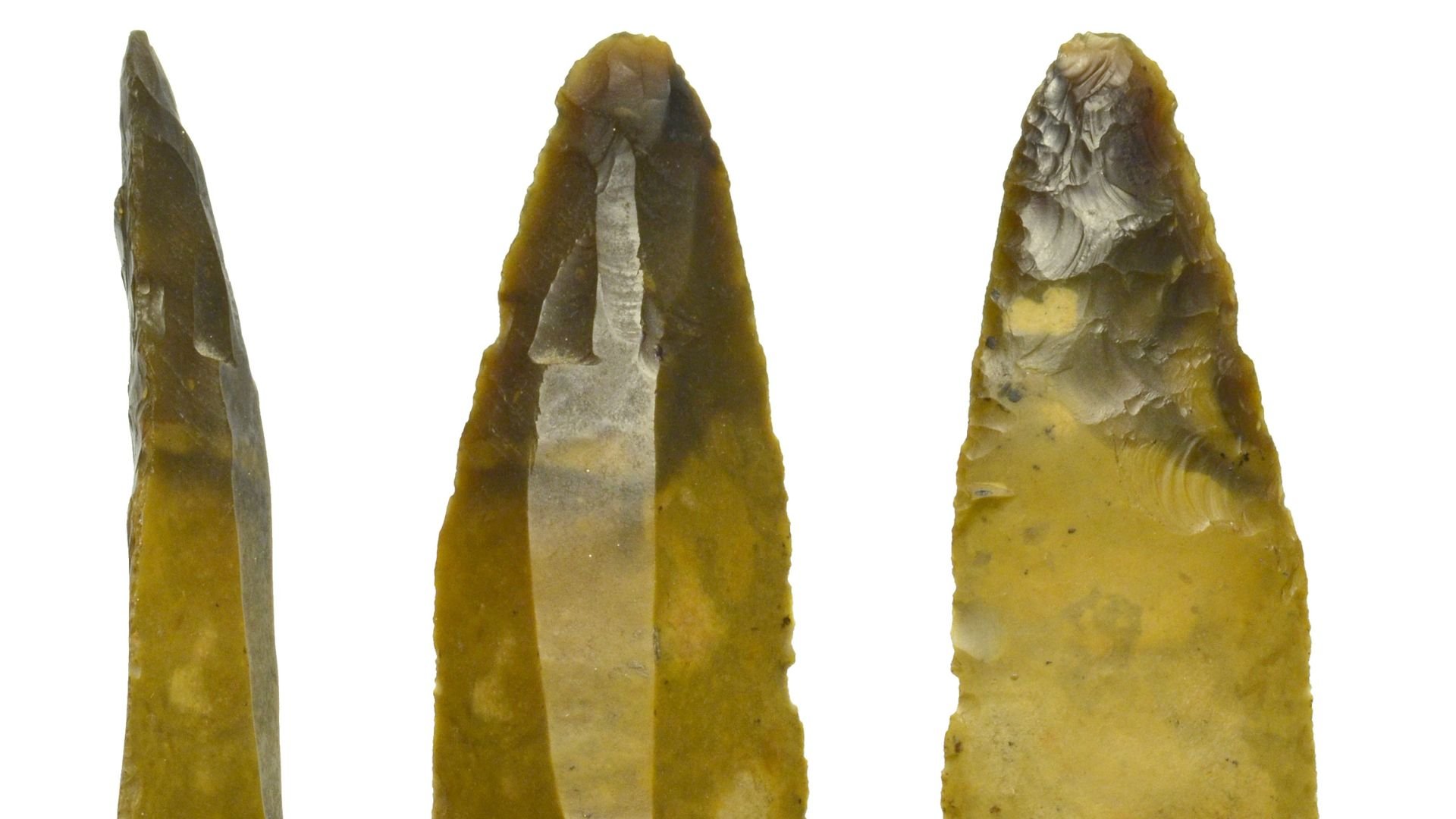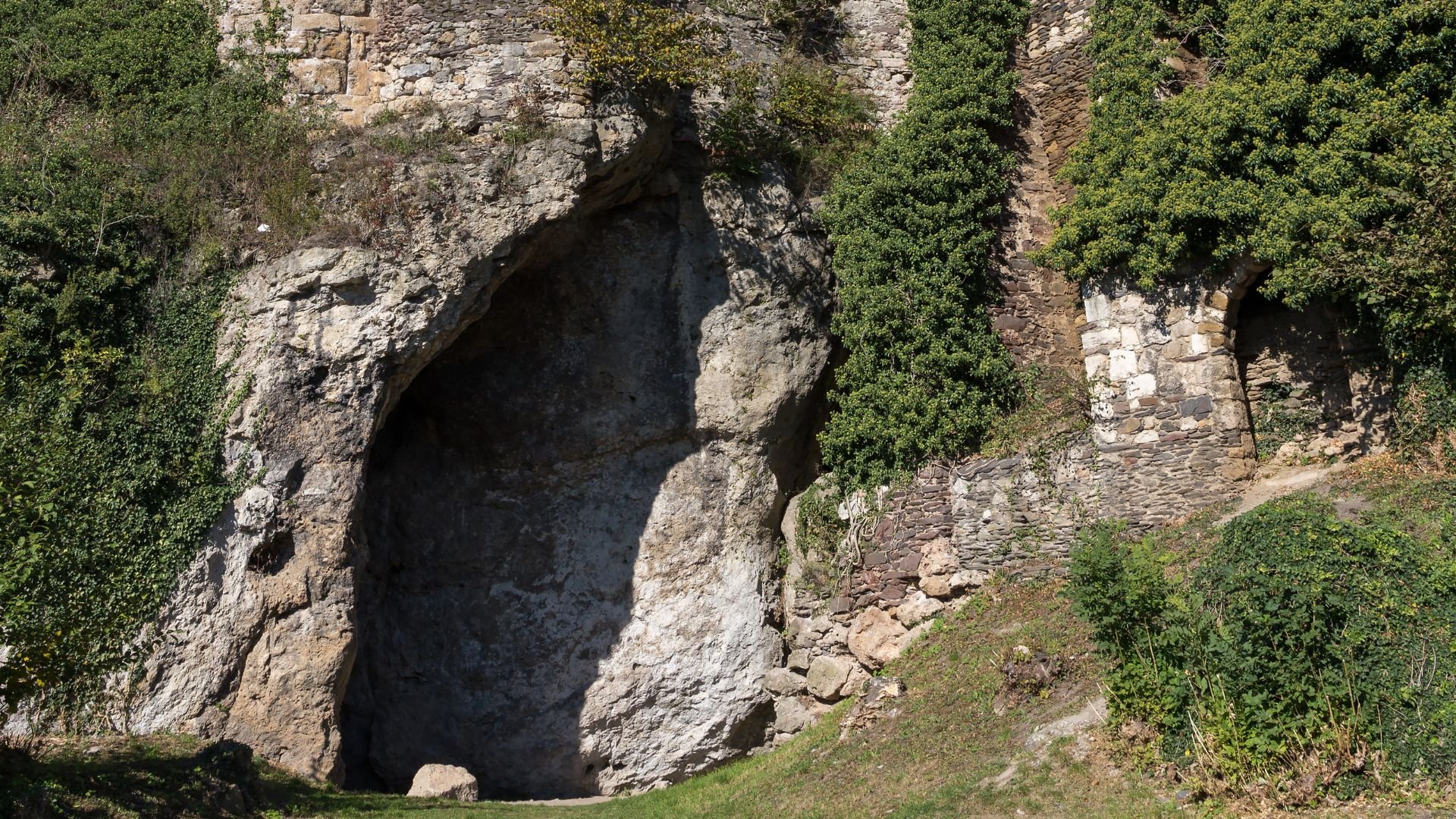Researchers are stunned after discovering bones in a German cave, as now they believe that this discovery has completely changed the timeline of human history.
This remarkable discovery came about during an archaeological hunt for who may have made specific blades in ancient times. During this search, small bones were found that changed everything.
Trying to Settle a Debate

For many years, archaeologists have debated over what ancient culture may have created specific blades and leaf points. This ancient culture — coined the Lincombian-Ranisian-Jerzmanowician technocomplex — had both Homo sapien and Neanderthal characteristics.
In an attempt to settle this debate once and for all, a team of scientists worked together to find out who truly made these old tools.
Neanderthals vs Homo Sapiens

One group of archaeologists believed that Neanderthals made these tools, while others theorized that Homo sapiens did.
To truly understand what species may have made these blades, scientists looked back to 45,000 years ago when Neanderthals went extinct, allowing Homo sapiens to thrive in its absence.
A Brief Moment in History

Scientists aren’t quite sure why Neanderthals suddenly went extinct, though there are many theories that try to explain what may have happened.
For the most part, researchers have long believed that Neanderthals and Homo sapiens may have lived in the same area of the world — but only for a brief moment in history. Once Homo sapiens began to thrive, science showed that Neanderthals went extinct. Or so researchers thought.
Who Made These Tools?

Jean-Jacques Hublin, a College of France professor of paleoanthropology and the study’s co-author, explained that researchers commonly thought that these blades were made by late Neanderthals.
However, once the team went to the Ilsenhöhle cave in Ranis, Germany, where many of these artifacts have been discovered in the past, they discovered something else.
Discovering Artifacts and Bones

Upon excavating the cave, researchers found artifacts for their mission — and about 2,000 tiny bones. At first, the team couldn’t identify what animal these tiny bones may have belonged to.
However, zooarchaeology by mass spectrometry, a new analysis, revealed that about 13 of these tiny bones belonged to early humans.
Extracting DNA

To discover this, scientists extracted DNA from these 13 bones and found that they belonged to Homo sapiens.
Therefore, this meant that the tools were made by Homo sapiens — not by Neanderthals, as has long been believed.
Radiocarbon Dating the Bones

However, scientists still had work to do, as they also wanted to use radiocarbon dating on the bones to better understand when these Homo sapiens lived and made these tools.
What they ultimately found completely shocked them. The data revealed that these Homo sapiens were in Ranis 47,500 years ago — much earlier than they thought they would be.
Changing Human History

Archaeologists have long believed that Homo sapiens did not travel to Western Europe, where Neanderthals lived, until about 42,000 years ago. Once Homo sapiens arrived, Neanderthals went extinct.
However, this radiocarbon dating has proved that Homo sapiens were in Western Europe thousands of years earlier than they ever thought possible.
Homo Sapiens Lived Among Neanderthals

In the past, scientists theorized that the arrival of Homo sapiens eventually quickened the extinction of Neanderthals. Therefore, the two species did not live amongst each other for long.
This new revelation changes this, as it appears that Homo sapiens and Neanderthals lived alongside each other for thousands of years before Neanderthals eventually went extinct.
Understanding Ancient Homo Sapiens

These discoveries in this German cave have also helped scientists better understand how these ancient Homo sapiens arrived in this area of Europe.
Previously, many thought that Homo sapiens arrived in Europe during the warmer periods, as they were only used to the climate of Africa. However, these new artifacts and bones hint that they actually arrived in Germany through the Northwest, which was much colder than it is today.
Pioneer Groups of Homo Sapiens

Archaeologists further believe that “pioneer” groups of Homo sapiens began to live in Europe, alongside Neanderthals, for many thousands of years. However, scientists are still trying to figure out what type of interaction these two species may have had with each other.
“I think we have more to discover,” Hublin said. “What’s ahead of us is understanding what was going on among the late Neanderthals. To what extent have they been penetrated by these newcomers? What kind of interactions do they have with them? But I think it’s a great step to have resolved the LRJ story.”
